America's Most Fatal Disasters In The 20th Century
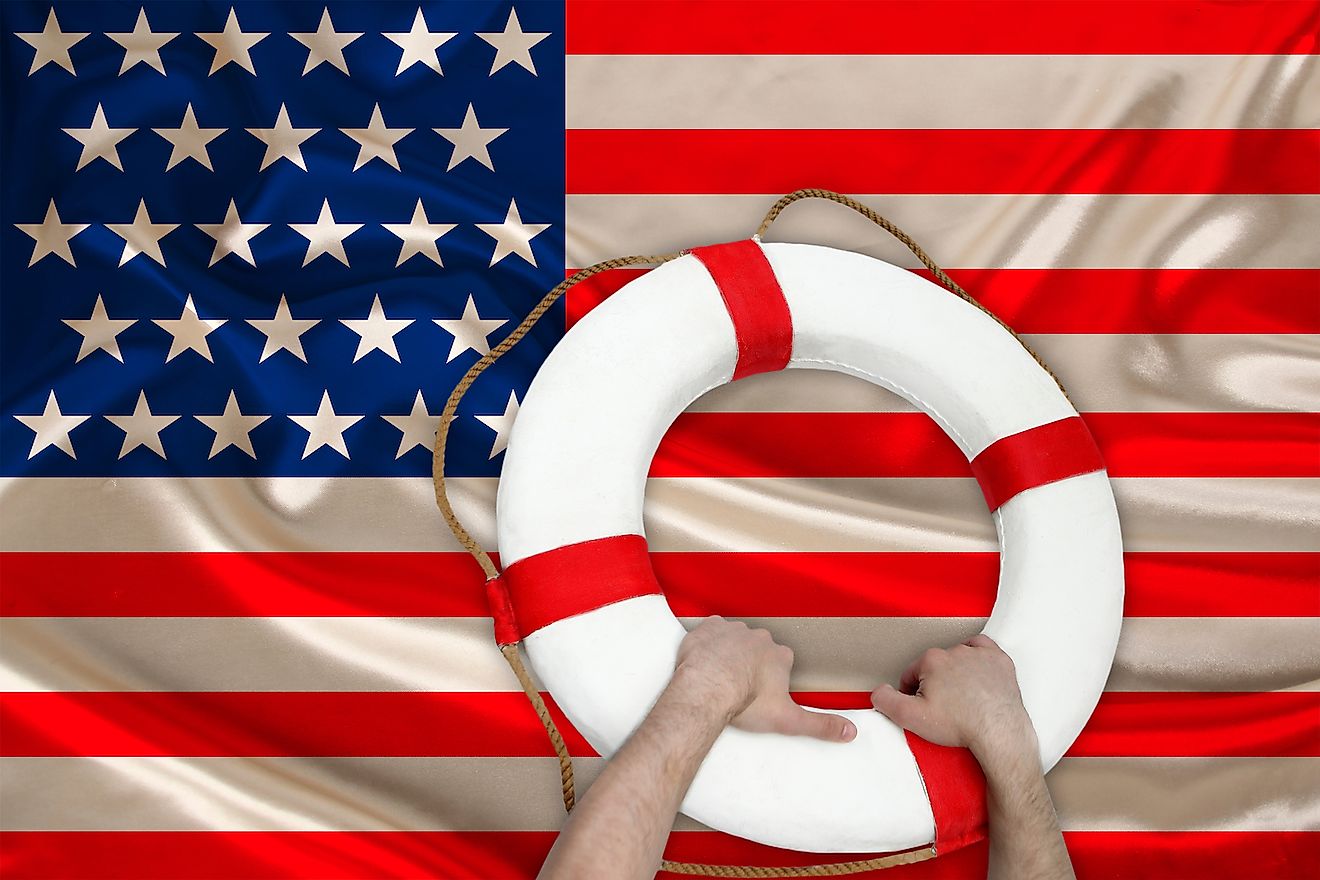
- The Galveston Hurricane, which occurred in 1900, was America's most fatal disaster of the 20th century.
- The shipwreck of the General Slocum was the worst disaster in New York City's history, until the 9/11 terrorist attack.
- Although the official death toll was pegged at 1700, the Department of Homeland Security now believes that up to 10,000 people may have been directly or indirectly killed by the 1980 Heat Wave.
- The 9/11 terrorist attack was the worst act of terrorism against the U.S. in history.
Disasters of any kind can be costly. Property damage and damage to public infrastructure occur frequently whenever a disaster strikes. But the most significant loss in any disaster is the loss of human lives. During the 20th century, there were numerous disasters that caused the deaths of scores of Americans. Some of these disasters were natural, while some were man-made. These were America’s most fatal disasters in the 20th century, in order from the least amount of casualties to the most.
10. Shipwreck of the General Slocum
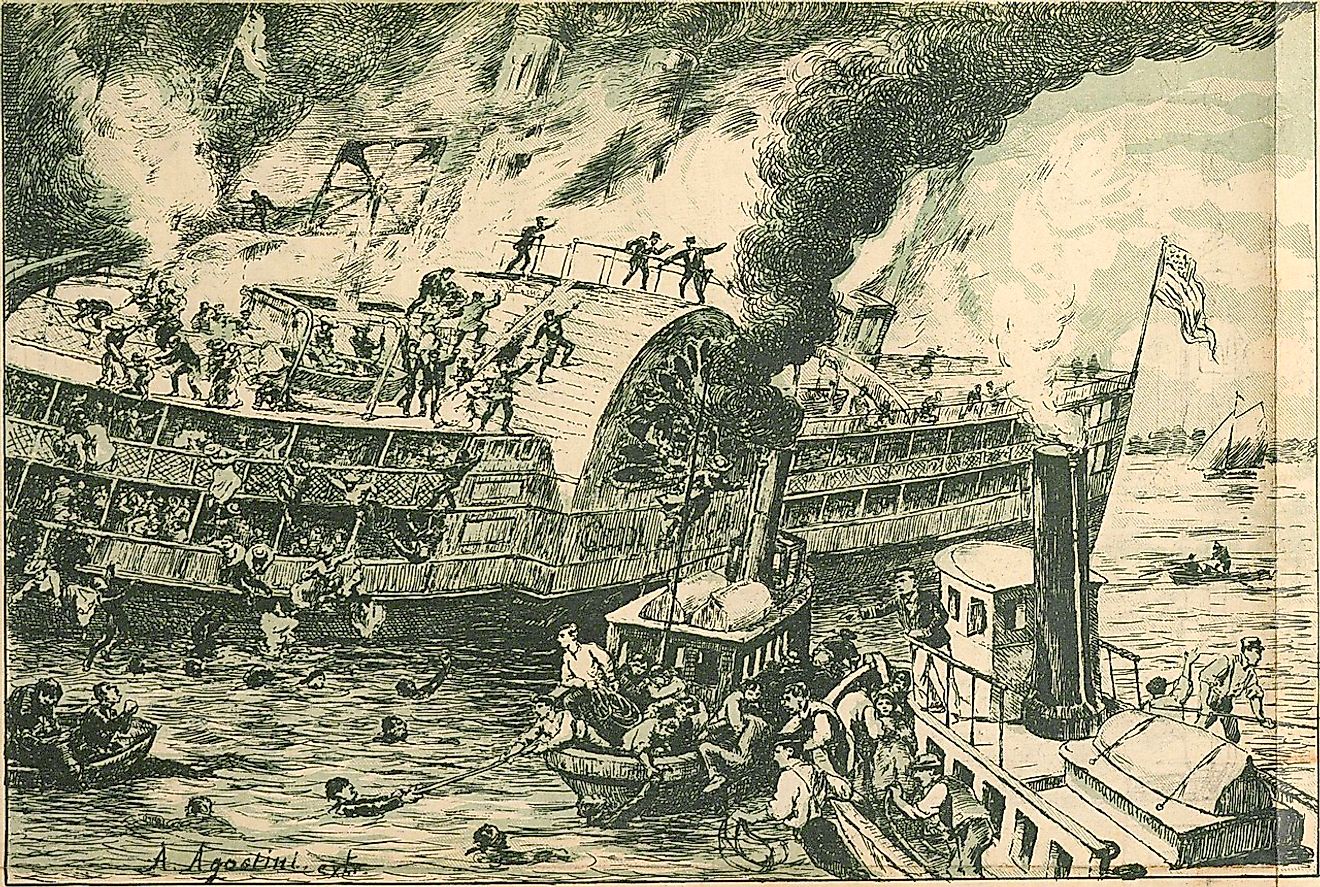
On the morning of June 15, 1904, a steam ship named the General Slocum, loaded with a total of 1,350 passengers, and sailing from Manhattan to Long Island, caught fire. Panic among the ship’s passengers ensued. Many tried to jump off the ship into the water. The ship eventually ground sideways, close to Long Island’s shores, where rescuers did everything they could to save the passengers. Some of the passengers were burnt alive, while others drowned. When the ordeal was finally over, 1021 of the General Slocum’s passengers had died.
9. Bombing of the HMT Rohna
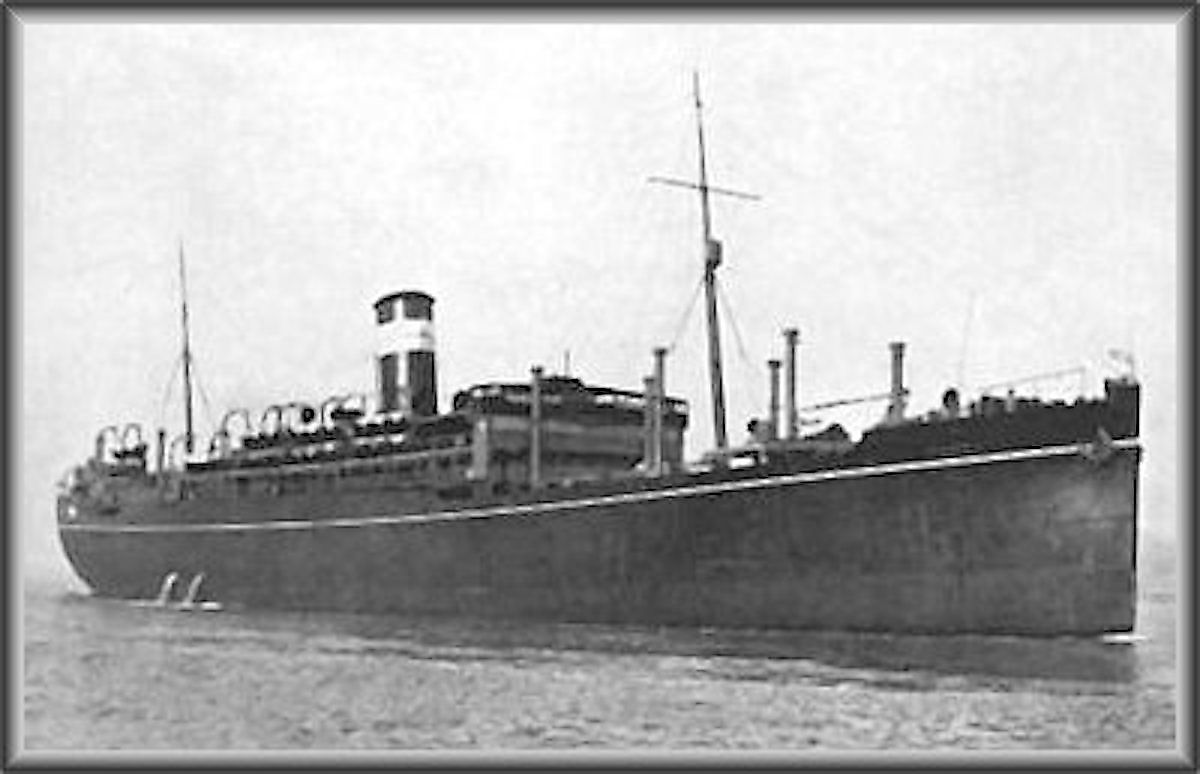
This disaster occurred in the midst of World War II. It was Thanksgiving in 1943. German planes bombed a ship called the HMT Rohna, which was carrying a large number of American troops. It was estimated that about three hundred of the ship’s crew were killed in the initial blast alone. The explosion also destroyed many of the life rafts and lifeboats on the ship that could have been used to rescue the crew. Some Allied ships that came to the Rohna’s rescue managed to save hundreds of lives. Nevertheless, the bombing killed 1179 of the ship’s passengers, including 1015 American troops, which made this the worst sea disaster in U.S. military history.
8. 1980 Heat Wave
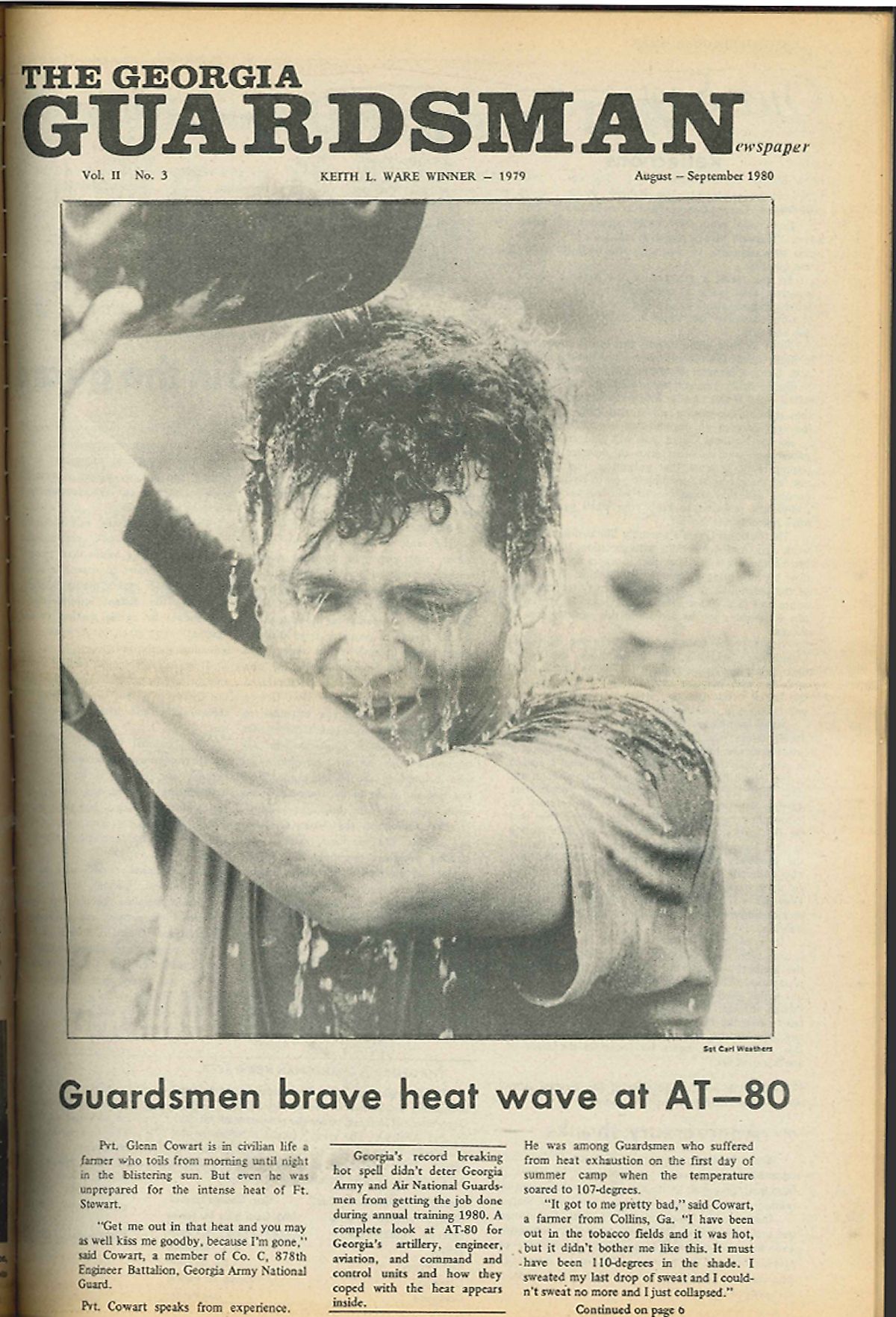
In 1980, a scorching blast of heat hit parts of the central and eastern U.S. The heat wave lasted throughout the summer of that year. In Memphis, Tennessee, the temperature was in excess of one hundred degrees Fahrenheit for a stretch of fifteen consecutive days. Official estimates put the number of casualties during this heat-related disaster at 1700. However, the Department of Homeland Security now says that up to 10,000 deaths were directly or indirectly caused by the summer-long stretch of searing heat.
7. Hurricane Katrina
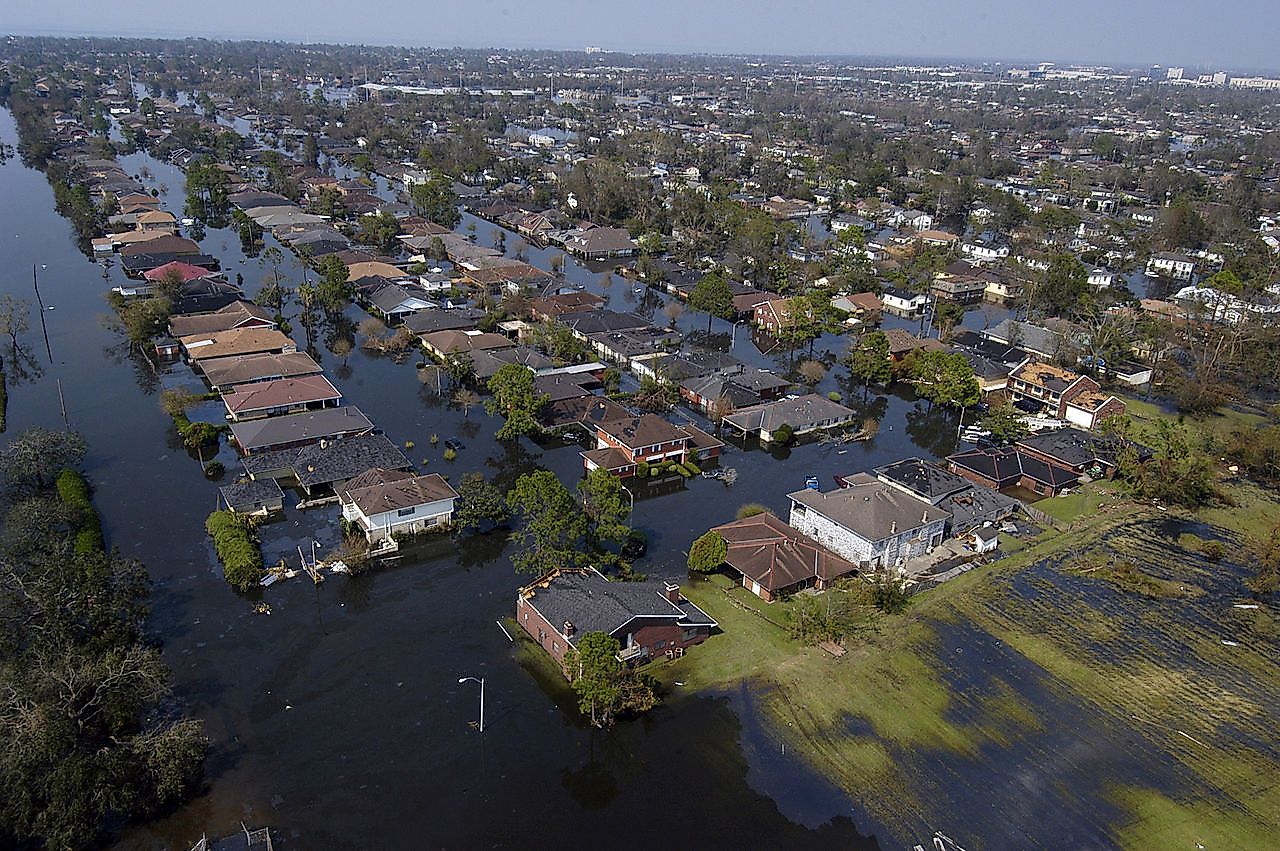
On August 29, 2005, Hurricane Katrina made landfall off the coast of Louisiana. Before the storm hit, more than a million people had evacuated the city, but tens of thousands stayed behind. Widespread flooding during and after the storm wreaked havoc and claimed many lives. Many people were trapped in the floodwaters and needed to be evacuated by air or by boat. Law and order in the city had nearly collapsed, leading to widespread looting. Soon, there were shortages of food and water. To make matters worse, there was a threat of waterborne diseases from floodwaters strewn with bacteria. It took more than two months to pump out the floodwater in New Orleans and several years before the city could fully recover. In total, Hurricane Katrina claimed the lives of an estimated 1,200 Americans as direct effects of the storm. The aftermath of the hurricane also exposed many deep-rooted issues including the failure of 50 of the aging levees of the city that were responsible for flooding the city significantly.
6. Attack on Pearl Harbor
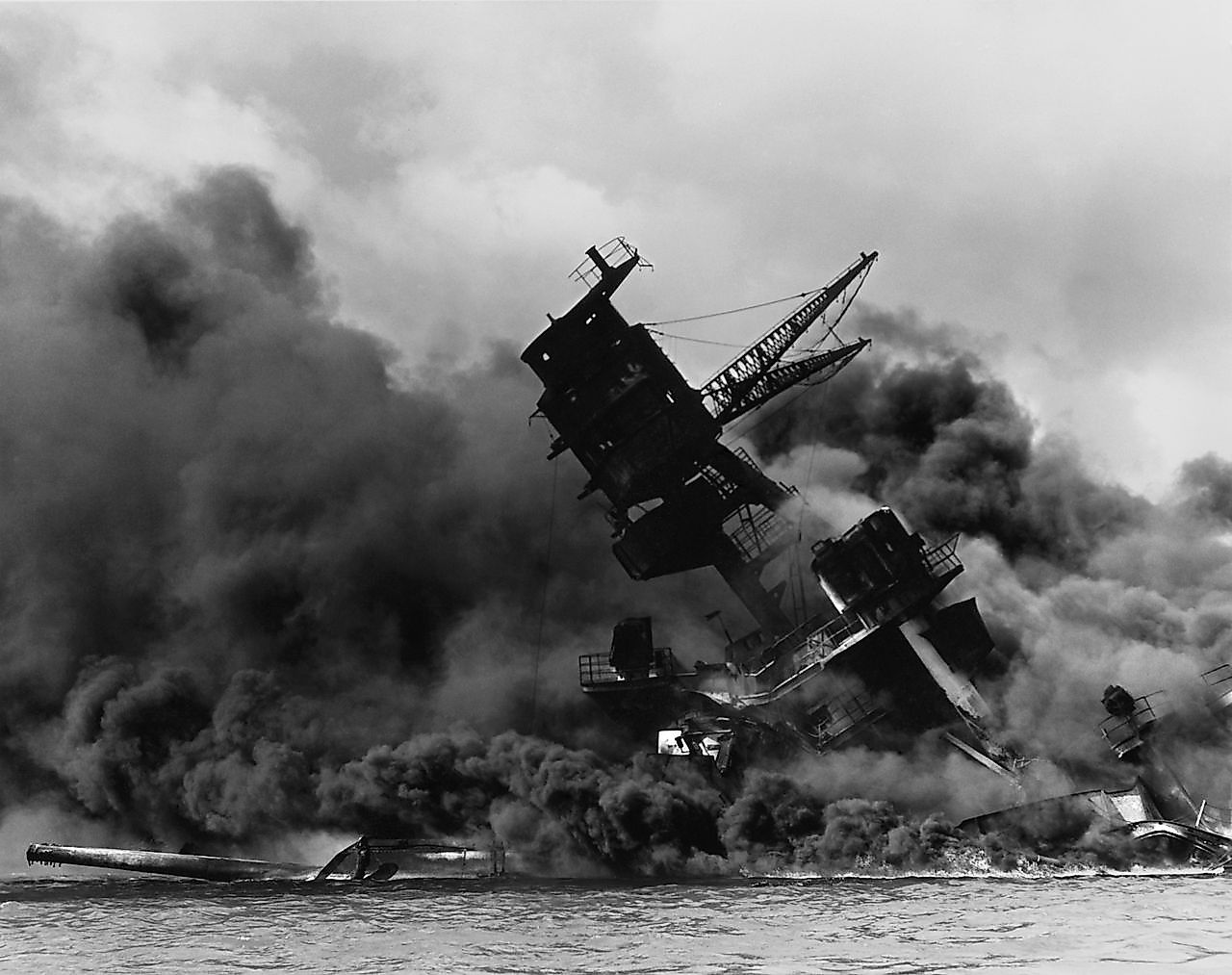
“A date which will live in infamy.” This is how U.S. President Franklin D. Roosevelt described the daring sneak attack on the American naval fleet in Hawaii by Japanese warplanes on December 7, 1941. Before the bombing of Pearl Harbor, the U.S. had largely stayed out of World War II, but the Japanese attack forced America to go head-on into the conflict. The bombing of Pearl Harbor killed 2403 Americans, including both military and civilian casualties.
5. Okeechobee Hurricane
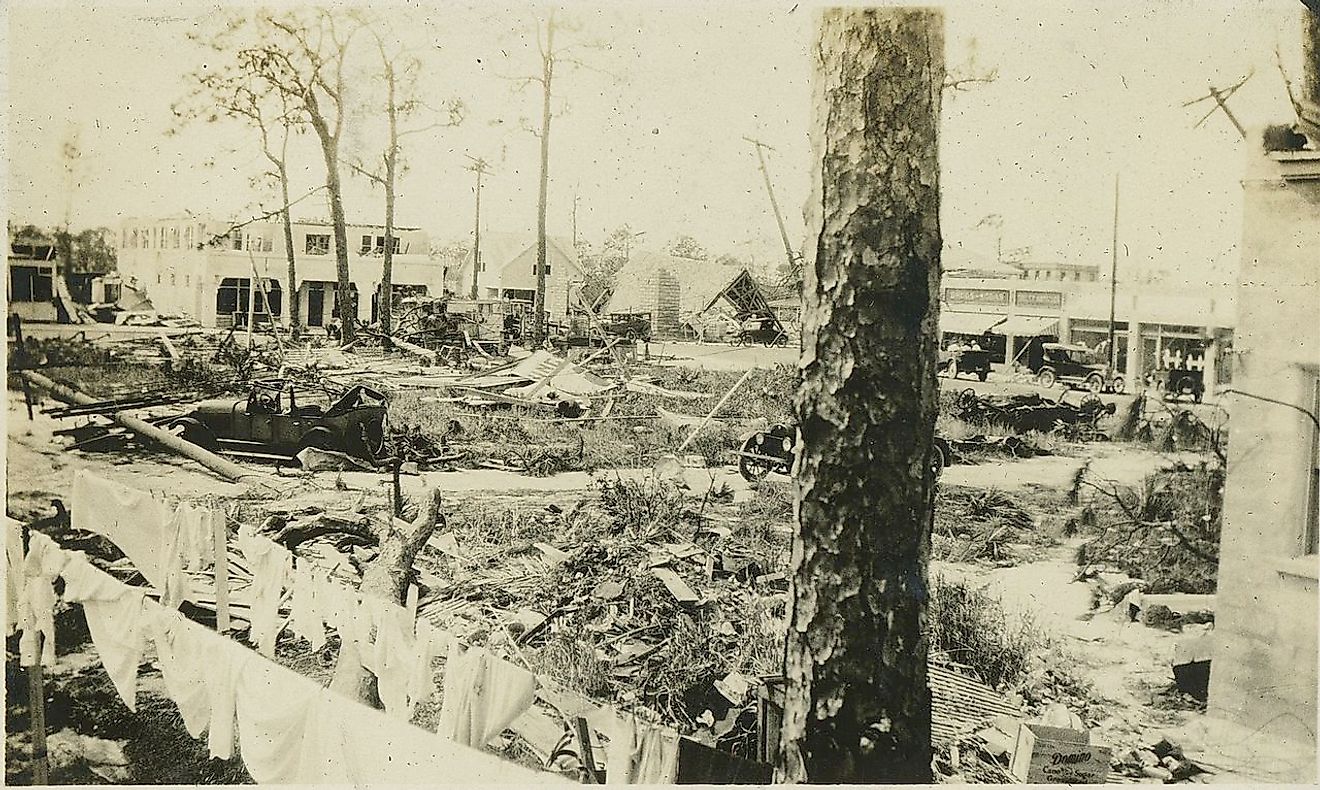
Also known as Hurricane San Felipe Segundo, the Okeechobee Hurricane struck Puerto Rico and Florida in mid-September, 1928. This tropical cyclone has the distinction of being the first storm to be recorded at the Category 5 level. It killed at least three hundred people in Puerto Rico, before heading for Florida and causing a huge storm surge in Lake Okeechobee that killed an additional 2500 people. When the hurricane had completed its path of destruction, it had killed a total of 2823 people.
4. Hurricane Maria
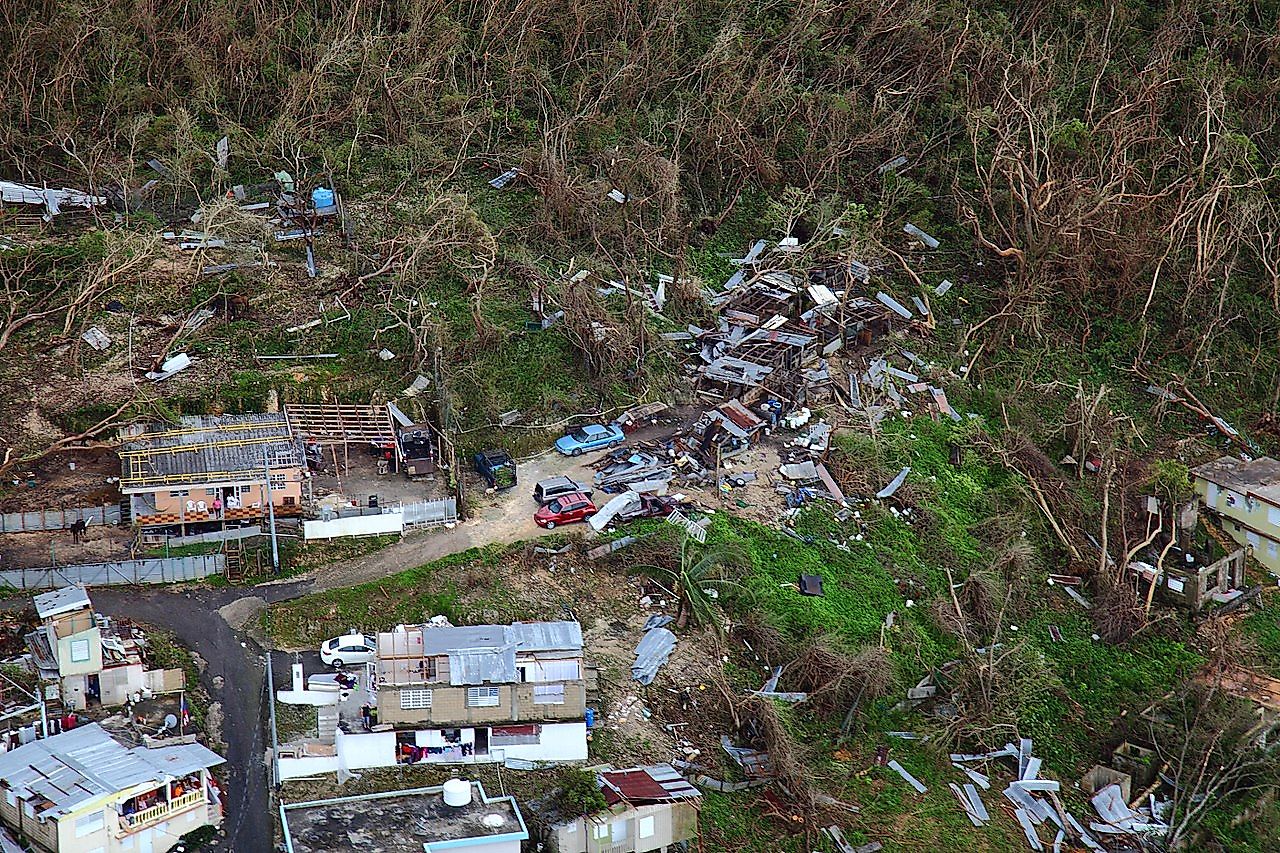
On September 20, 2017, Hurricane Maria made landfall in Puerto Rico. It was a direct hit at a strength just shy of Category 5. The storm knocked out power to the entire island and destroyed up to ninety percent of structures in some towns. The after-effects of the hurricane lasted for a long time. It took months, for example, to restore power to most of the island. According to a study by George Washington University, it is estimated that 2975 people were killed in the disaster.
3. 9/11 Terrorist Attack
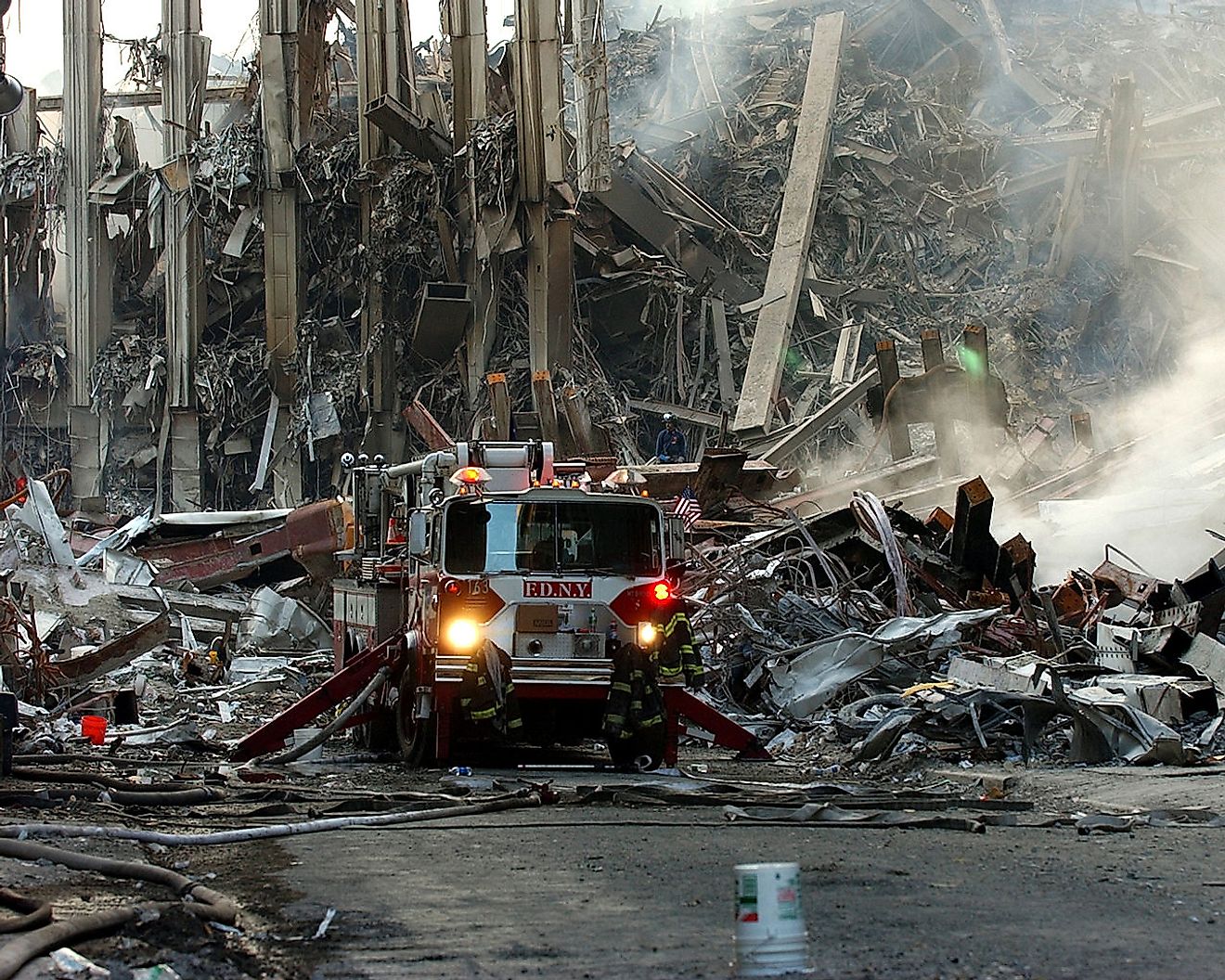
On September 11, 2001, the U.S. experienced its worst terrorist attack in history. At 8:45 am, a passenger plane slammed into one of the two towers of the World Trade Center. Just eighteen minutes later, a second passenger plane slammed into the other tower. The two towers would eventually collapse and fall to the ground. Meanwhile, in Washington D.C., a passenger plane crashed into the Pentagon, the center of U.S. military operations. And in Pennsylvania, another commercial airliner crashed after some of its passengers overpowered the terrorists who hijacked the plane, planning to crash into another vital U.S. building. When the attack came to an end, 2,996 people were killed.
2. San Francisco Earthquake
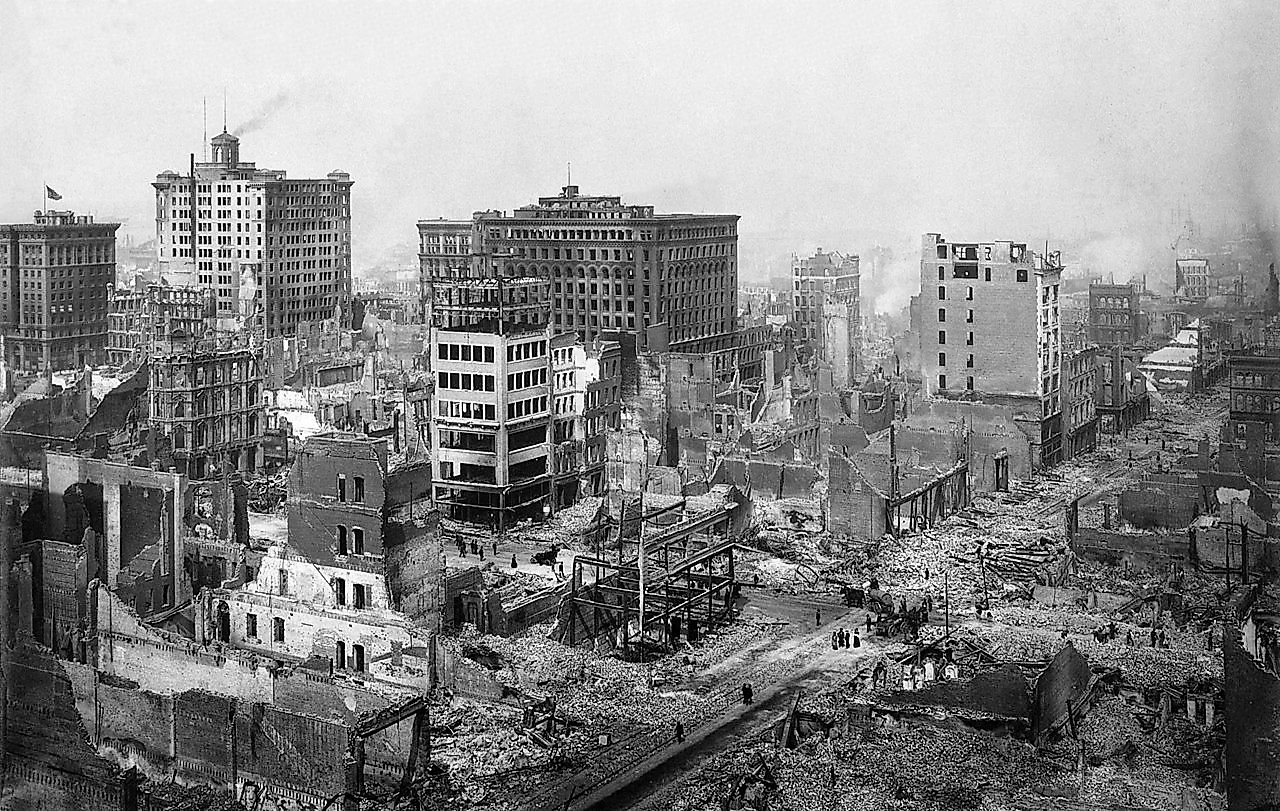
In the early morning of April 18, 1906, an earthquake with a magnitude of 7.9 struck northern California, causing a large segment of the San Andreas Fault to slip. The quake was felt from Los Angeles to Coos Bay, Oregon. Some of the worst damage was in San Francisco, in which the earthquake triggered a fire that engulfed the city’s business district and lasted for days, levelling four square miles of the city and 28,000 buildings. More than three thousand people are believed to have died in the disaster.
1. Galveston Hurricane
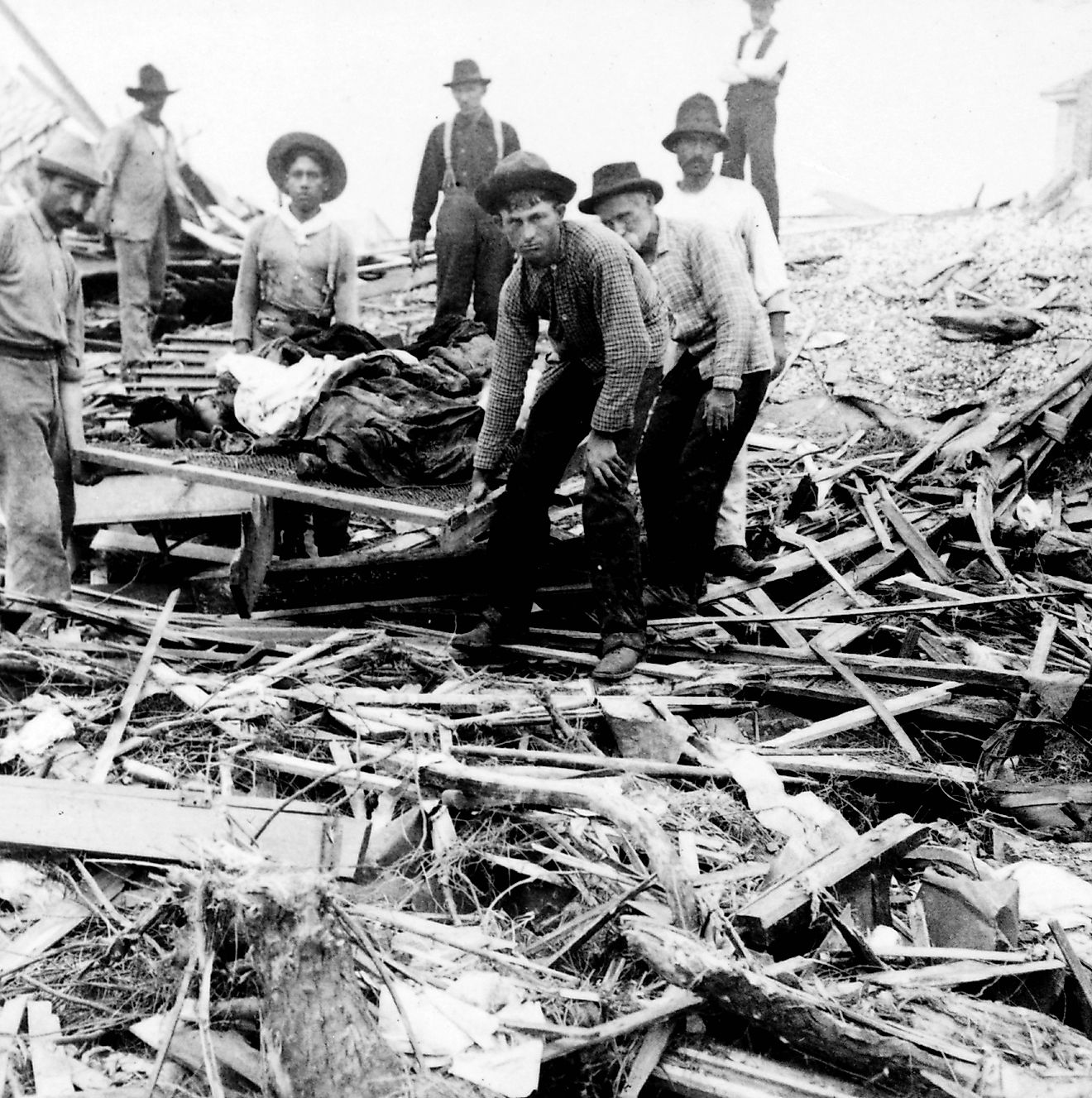
The hurricane that hit Galveston, Texas on September 8, 1900, was not just the worst disaster for the U.S. in all of the 20th century. It was the worst natural disaster in U.S. history, and remains so to this day. At the time, there was no technology available to detect a massive hurricane, so the people of Galveston only knew that a storm was coming, but had no idea of its magnitude. The storm hit Galveston as a Category 4 hurricane, with a tidal surge of fifteen feet. When the storm finally subsided, the city of Galveston was completely obliterated. According to survivor testimony, there were corpses everywhere. The authorities declared martial law and forced men, most of them black, to collect the bodies of the dead, and put them on barges. The bodies were subsequently dumped into the Gulf of Mexico, though some of them ended up washing up on shore, and so it was decided to burn them in funeral pyres. Looters, nicknamed “ghouls”, were to be shot on sight. The casualty count from the Galveston Hurricane is estimated to be as low as six thousand people and as high as twelve thousand. Either way, it is the highest number of people to die in any natural disaster in U.S. history.











